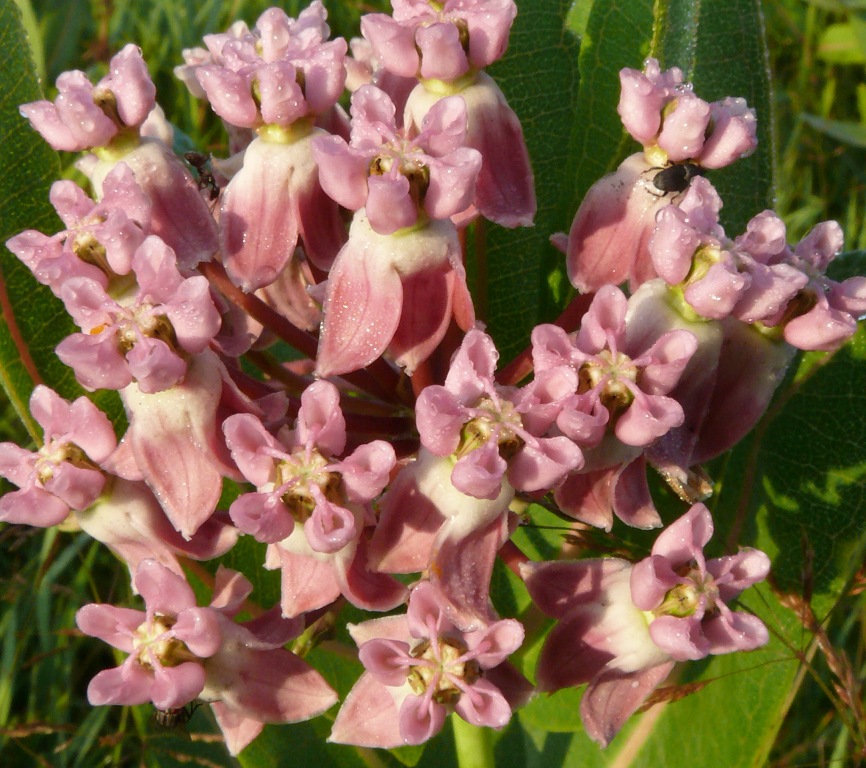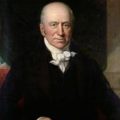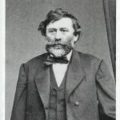Eliza Sullivant
New Passions
Today is the anniversary of the death of Eliza Sullivant.
Her husband had taught her about botany and other subjects. When she died in 1850, her husband William Starling Sullivant praised her drawings of mosses.
Eliza was his second wife. His first wife died following the birth of their child.
Sullivant fell in love with Eliza about the same time he fell in love with botany.
The Sullivants lived in a gorgeous Italianate home that they called Sullivant Hill. There was a large pasture there, and Sullivant would get up early in the morning and walk through it, identifying the flowering plants, grasses, and sedges.
He got curiouser and curiouser about botany. Before you know it, he was corresponding with Dr. Asa Gray from Harvard and Dr. John Torrey from Princeton.
Once when Sullivan was botanizing in Highland county, Ohio. He ran across a little plant with tiny delicate white flowers and ornate leaves. He sent it to Gray and Torrey. They, in turn, named it Sullivantii ohioensis.
Sullivant’s herbarium, which had nearly 10,000 specimens, was donated to Harvard through Dr. Asa Gray.
This post was featured onThe Daily Gardener podcast:
helping gardeners find their roots,
one story at a time






